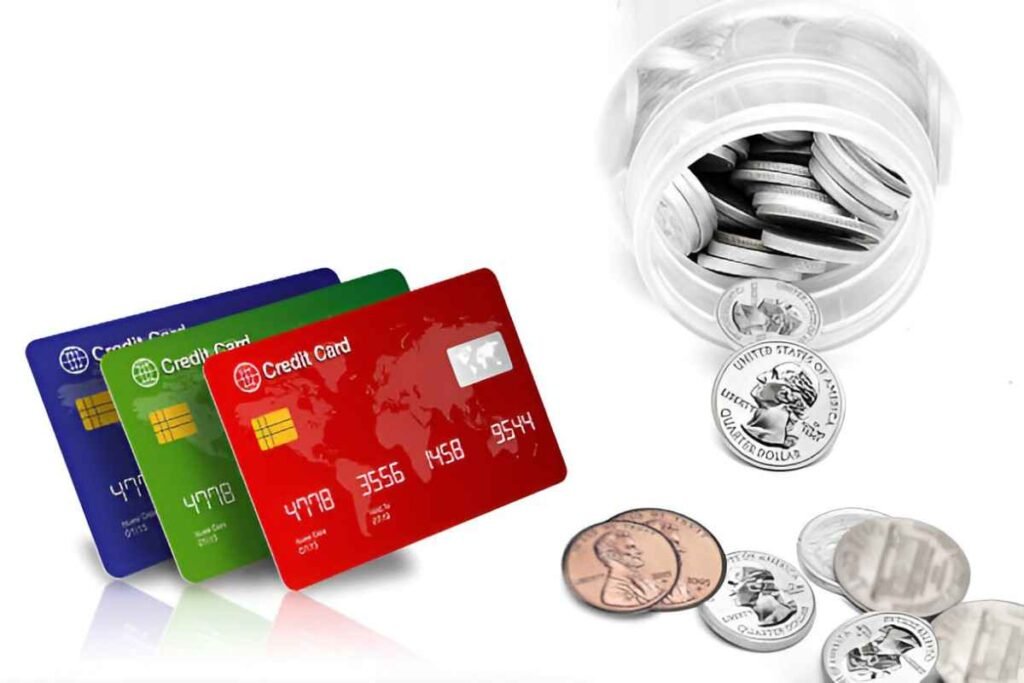Credit cards with a $300 limit are often overlooked, but they serve a specific purpose in the financial landscape. They cater to individuals who are new to credit, those who are rebuilding their credit history, or those who prefer to keep spending under control. In this article, I will explore everything you need to know about a $300 credit card, including its benefits, drawbacks, usage strategies, and how it compares to other credit options.
Table of Contents
What is a $300 Credit Card?
A $300 credit card is a type of credit card that comes with a credit limit of $300. This means that the cardholder cannot charge more than $300 at any given time without exceeding their limit. These cards are commonly issued as secured credit cards, meaning the cardholder provides a deposit that acts as collateral. Some unsecured options exist, but they often come with higher fees and interest rates.
Common Types of $300 Credit Cards
- Secured Credit Cards – These require a security deposit, which usually matches the credit limit.
- Unsecured Credit Cards – These do not require collateral but may have stringent qualification requirements.
- Store Credit Cards – Retailers often issue these with low limits to encourage spending within their stores.
Who Should Consider a $300 Credit Card?
If you fall into any of the following categories, a $300 credit card might be a good option for you:
- Credit Beginners: Those who have no prior credit history and want to build one.
- Credit Rebuilders: Individuals working to improve their credit score after past financial mistakes.
- Budget-Conscious Users: People who want to limit their spending and avoid large credit card debt.
Benefits of a $300 Credit Card
- Credit Building: When used responsibly, it can improve your credit score over time.
- Controlled Spending: A lower limit helps prevent overspending.
- Easy Approval: These cards often have less stringent approval requirements.
Example: Building Credit with a $300 Limit
Let’s say you spend $100 on the card and pay it off in full each month. If your card issuer reports your on-time payments to the credit bureaus, your credit score will gradually improve. Keeping your balance below 30% of the limit ($90 in this case) will also positively impact your credit utilization ratio.
Drawbacks of a $300 Credit Card
- High Utilization Risk: With such a low limit, it’s easy to exceed the recommended utilization ratio.
- Fees and Interest: Some cards come with high fees and interest rates, which can offset the benefits.
- Limited Purchasing Power: A $300 limit restricts larger purchases and emergencies.
Cost Breakdown Example
| Expense Type | Amount |
|---|---|
| Monthly Subscription | $50 |
| Groceries | $100 |
| Unexpected Expenses | $150 |
| Total | $300 |
In this scenario, maxing out the card means you’ll have no available credit left, which negatively affects your credit utilization ratio.
How to Use a $300 Credit Card Wisely
To make the most out of your $300 credit card, follow these strategies:
- Keep Balances Low: Aim to use only a portion of your available credit.
- Pay in Full: Avoid interest charges by paying off the entire balance each month.
- Automate Payments: Set up automatic payments to avoid missed due dates.
Practical Usage Example
If you use the card for only small recurring expenses, such as a $20 streaming subscription, you can demonstrate responsible credit usage without maxing out the card.
Comparison of $300 Credit Cards with Other Credit Options
| Feature | $300 Credit Card | Debit Card | Personal Loan |
|---|---|---|---|
| Builds Credit | Yes | No | Yes |
| Interest | Yes (if unpaid) | No | Yes |
| Spending Limit | $300 | Linked to balance | Loan amount |
| Security Deposit | Sometimes | No | No |
Choosing the Right $300 Credit Card
When selecting a $300 credit card, consider the following factors:
- Fees: Look for cards with low or no annual fees.
- Interest Rates: Lower interest rates can save you money if you carry a balance.
- Credit Reporting: Ensure the card reports to all three major credit bureaus.
Alternatives to a $300 Credit Card
If a $300 limit feels too restrictive, consider these alternatives:
- Secured Cards with Higher Limits: Some issuers allow higher deposits for increased limits.
- Credit Builder Loans: These can help establish credit without using a credit card.
- Authorized User Status: Being added to someone else’s credit card account can help build credit.
Conclusion
A $300 credit card can be an excellent tool for building or rebuilding credit if used responsibly. While it comes with limitations, its benefits outweigh the drawbacks for those looking to establish financial discipline. Carefully consider your spending habits, fees, and interest rates before choosing the right card for your needs. By maintaining a low balance and making timely payments, you can set yourself up for financial success.





